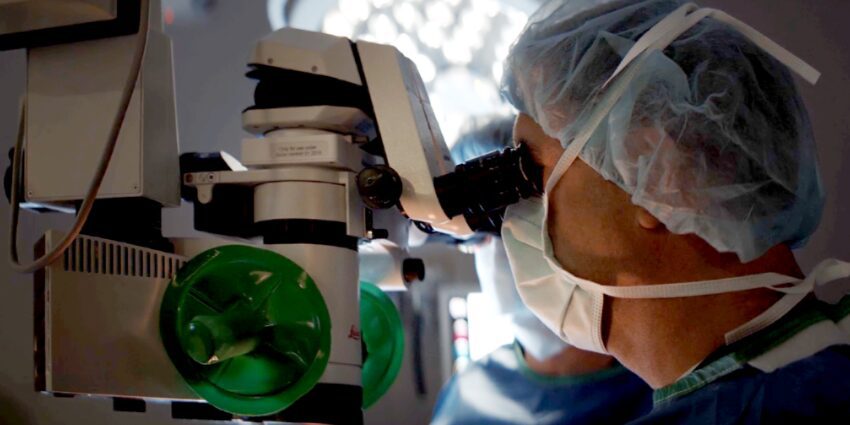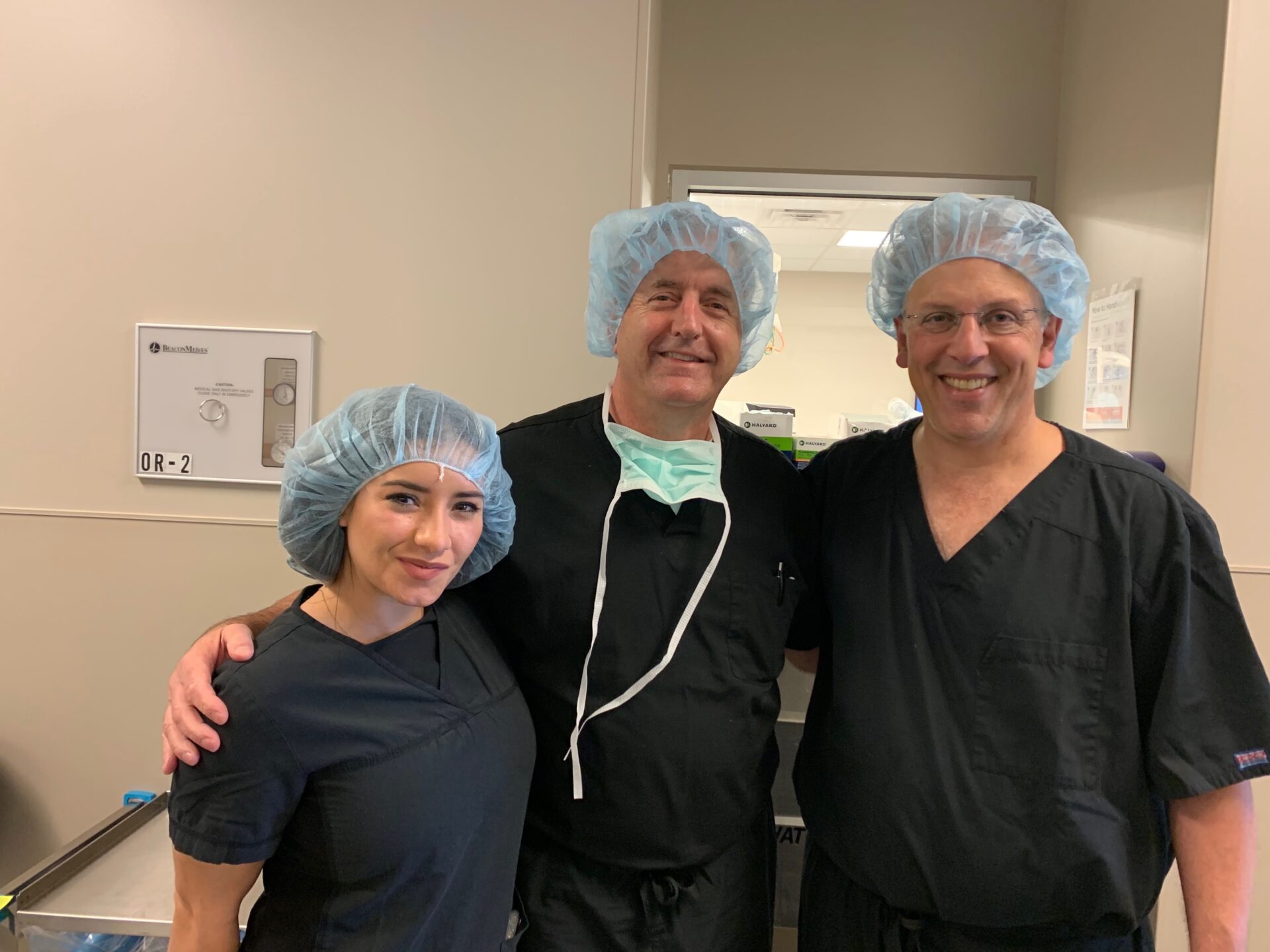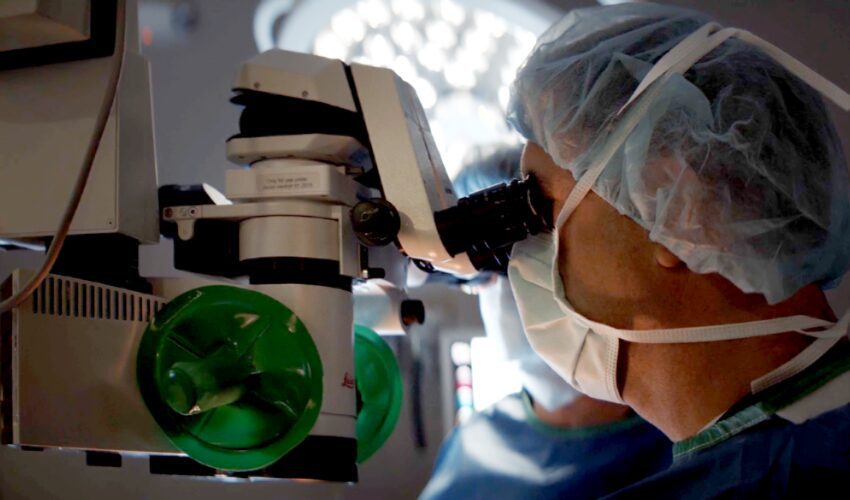Breakthrough technology offers Light Adjustable Lens for cataract patients
Nov. 4, 2019
This paid piece is sponsored by Vance Thompson Vision.
In the 70 years since modern-day cataract surgery was first performed, advancements in implant technology have allowed patients more visual freedom. But one frustration has remained: Cataract patients have to choose a lens solution even though they are unable to imagine what their vision will be like after surgery.
Imagine trying to determine what your new glasses prescription should be without being able to take off your current glasses.
But now with a new breakthrough, Vance Thompson Vision is pleased to offer cataract patients the first FDA-approved intraocular lens, or IOL, that can be adjusted after surgery, giving patients a real-life trial of what their results might be before locking it in.
The Light Adjustable Lens, or LAL, is a foldable lens that is implanted like any monofocal lens implant. But unlike any other lens before, its prescription can be adjusted and reshaped after implantation.
Dr. Vance Thompson of Vance Thompson Vision thinks the greatest benefit of the LAL for patients is that vision can be adjusted after surgery.
“Until now with cataract surgery, we were unable to show patients exactly what the result of their surgery would be,” he said. “With this lens, we can show them their visual options after surgery, and they can choose where they want their optical power to be.”
Cataract surgery is one of the most prevalent surgeries around the world, with approximately 4.2 million procedures performed for U.S. patients in 2017.
The surgery involves replacing the natural lens in the eye with a new artificial lens.
Vance Thompson Vision has been a participant in the FDA-monitored clinical trial process for nearly a decade.
The LAL is made of photoreactive silicone and can be reshaped by applying a special UV light using a Light Delivery Device, or LDD, to the lens while it is inside the healed eye.
Occasionally, an implanted lens will shift as the eye heals, which can affect the patient’s vision.
Adjustments to the LAL are made three weeks after surgery when the eye has already healed, which means that the lens is extremely stable when it is being reshaped.
“The main advantage of the LAL is the potential for adjustability once it is in the eye,” said Dr. John Berdahl of Vance Thompson Vision. “This lens is great not only for average-shaped eyes but also for post-refractive outliers or those with a fair amount of astigmatism.”
To increase the power of the implanted lens, the surgeon treats the center of the lens with the LDD to increase the curvature. To decrease the power of the lens, the outer edges are treated, and a flattening effect occurs in the center of the LAL. Over a period of two days, the lens will change shape.
When the patient’s desired correction is achieved, the surgeon will use the LDD to “lock in” the prescription. In clinical trials, patients had the LAL adjusted three weeks after surgery, and the device was locked in three days after that adjustment. Before the prescription is locked in, however, patients must wear UV-blocking glasses to keep the new lens from incidental UV exposure.
“Optometrists are perfectly suited to advise their patients regarding the desired power of correction offered by the LAL,” said Thompson, who became one of the first surgeons to perform the surgery since its FDA approval.
Postoperatively, the optometrist will send the patient back to the surgeon for an adjustment based on the targeted refraction the patient has selected. The surgeon will double-check the prescription and show the patient various options, such as both eyes corrected for distance or some monovision. Then, the patient will decide what sort of vision he or she would like.
Most cataract patients are ideal candidates for the LAL. Though the LAL is not yet indicated for laser vision correction, it could be used for such patients in the future. Results for patients have been remarkable with 92 percent of the eyes with the LAL device being within 0.5 diopters of the target.
“The Light Adjustable Lens is a breakthrough technology that will positively impact the results patients experience after cataract surgery,” Thompson said.
“We’re committed to offering cataract patients the best technology available, and the use of the LAL is the latest demonstration of that commitment.”









